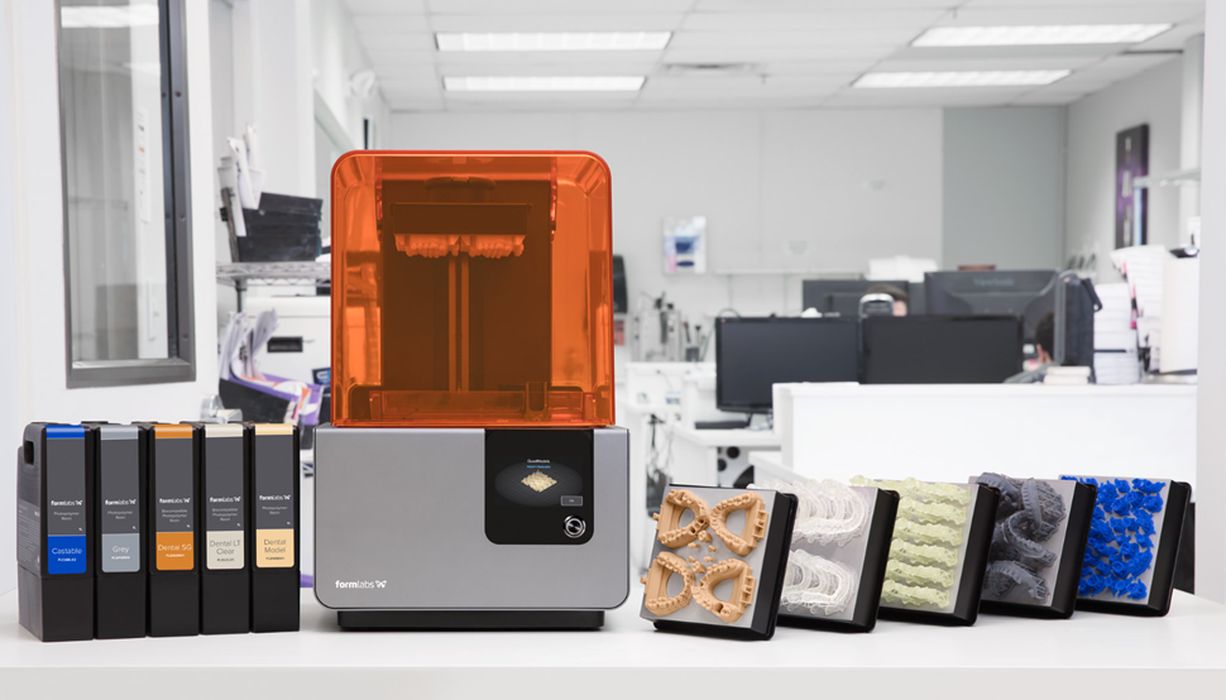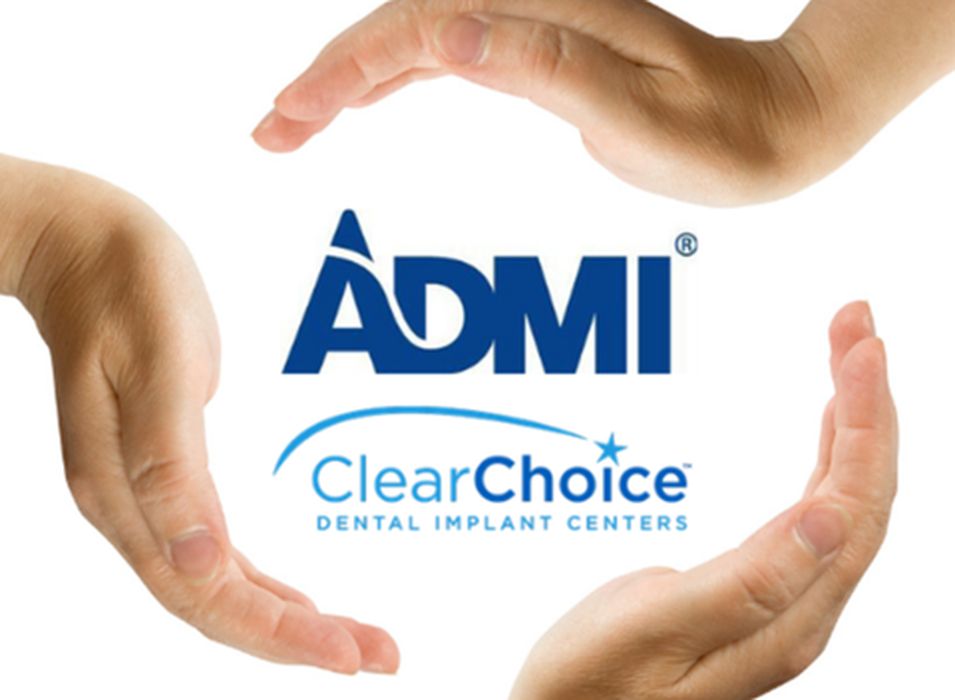
Charles R. Goulding & Melanie McIntyre look at the increasing use of 3D printing in the dental industry.
The amount of dental care usage dropped dramatically beginning in March 2020 due to COVID-19 since there is an increased risk of airborne infection from exposure to high levels of droplets produced during some dental procedures. The reopening in May of the same year allowed for more people to begin using their dental care again, however the number of people using dental care remained lower than pre-pandemic levels.
After the reopening, the average number of procedures that were performed, in 2020, was 19.8% less than in 2019. Despite this, the dental product market is continuing to expand with the help of advancements in digital technologies.
As dentistry technologically advances, dental practices are finding more cost-efficient ways to help patients. Technological advancements can include digitized administrative tools or dental lab tools such as oral scanners and 3D printers. The above image displays Formlabs’ 3D printer along with dental models produced on that system.
Formlabs is an American 3D printing company that produces 3D printers and related software. 3D printing is anticipated to be an integral part of numerous restorative dental procedures.

Among dental practices in the United States, Aspen Dental Management, Inc. (ADMI) is the largest and most rapidly growing along with ClearChoice Dental Implant Centers. As of February 2023, there are 1,022 Aspen dental locations in 43 states. The two were the top providers of fixed and removable prosthetics, mostly using 3D printers. The merging of the largest dental practices occurred when ADMI acquired ClearChoice Management Services in 2020. This provided support to the ClearChoice Dental Implant chain.
Beginning in 2021, Aspen Dental partnered with the company SprintRay to help integrate new technological innovations. SprintRay is a company that provides 3D printers and software for progressing digital dentistry. The partnership equipped every Aspen Dental location with SpringRay 3D printing technology, helping support higher-quality care for patients.
3D printing technology was originally only used in larger dental labs, however now, most labs, both small and large, have 3D printers. These printers are expected to be used for at least sixty percent of dental production needs. 3D printers are used for modeling implants, such as repairing or replacing a damaged tooth, producing dentures, caps, and constructing surgical tools.
Dentistry with 3D printing technologies allows for reduced costs for both dentists and patients. 3D printers being in-house allows for laboratories to have materials on hand rather than having to run another lab with employees to produce implants. The lower cost of production for the implants are then reflected in the bill for patients. The printers also provide faster and more precise end products leading to better patient outcomes.
The Research and Development Tax Credit
The now permanent Research and Development (R&D) Tax Credit is available for companies and startups developing new or improved products, processes and/or software.
3D printing can help boost a company’s R&D Tax Credits. Wages for technical employees creating, testing and revising 3D printed prototypes can be included as a percentage of eligible time spent for the R&D Tax Credit. Similarly, when used as a method of improving a process, time spent integrating 3D printing hardware and software counts as an eligible activity. Lastly, when used for modeling and preproduction, the costs of filaments consumed during the development process may also be recovered.
Whether it is used for creating and testing prototypes or for final production, 3D printing is a great indicator that R&D Credit eligible activities are taking place. Companies implementing this technology at any point should consider taking advantage of R&D Tax Credits.
Conclusion
The use of 3D printing is beneficial and necessary for the progression of dentistry. 3D printing allows for the production of implants so that patients are able to be treated faster and also decreases cost.
